Is there a torpedo more dangerous than a squall?
At the turn of the 1960-70s in the Soviet Union, experimental designs appeared on the subject of heavy torpedoes leading along the wake of enemy ships.
At about the same time, when asked by the war correspondent: “How are you going to protect aircraft carriers from Russian super-torpedoes?” One of the senior US Navy representatives gave a simple and concise answer: “Let's put a cruiser in the wake of every aircraft carrier”.
Thus, the Yankees recognized the absolute vulnerability of carrier groups to the Soviet torpedo weapons and they chose from two evils the best, in their opinion, option: use their own cruiser as a “human shield”.
Actually, the US Navy didn’t have much to choose from - 11-65 76-mm 650-meter ammunition, better known as the “Soviet thick torpedo”, did not leave the American sailors any choice. This is the inevitable death. A dexterous and long “hand”, which allowed to hold by the throat the fleet of a “probable enemy”.
The Soviet Navy prepared a “farewell surprise” for the enemy - two alternative finals of the sea battle: get half a ton of TNT on board and fall into the bottomless sea abyss, tumbling and choking in the cold water, or find a quick death in a thermonuclear flame (half “long torpedoes”) "Was equipped with SACh).
The phenomenon of torpedo weapons
Every time, addressing the theme of the confrontation between the Navy of the USSR and the US Navy, the authors and participants of the discussions for some reason forget that in addition to the existence of anti-ship cruise missiles, in a naval war there is another specific means - a mine-torpedo weapon (Combat Part-3 according to the organization Navy).
Modern torpedoes are no less (and more) dangerous that supersonic anti-ship missiles are primarily due to their increased secrecy and powerful warhead, 2-3 times the mass of warheads of anti-ship missiles. Torpedo is less dependent on weather conditions and can be used in conditions of strong waves and heavy wind gusts. In addition, it is much more difficult for an attack torpedo to destroy or "knock off course" by jamming - despite all efforts to counter torpedo weapons, the designers regularly propose new guidance schemes that devalue all previous efforts to create "anti-torpedo" barriers.
In contrast to damage caused by the RCC, where such problems as “extinguishing fires” and “fighting for survivability” are still relevant, the encounter with a torpedo poses the unhappy sailors a simple question: where are the rescue rafts and inflatable vests? - ships of the “destroyer” or “cruiser” class are simply broken in half from the explosion of conventional torpedoes.
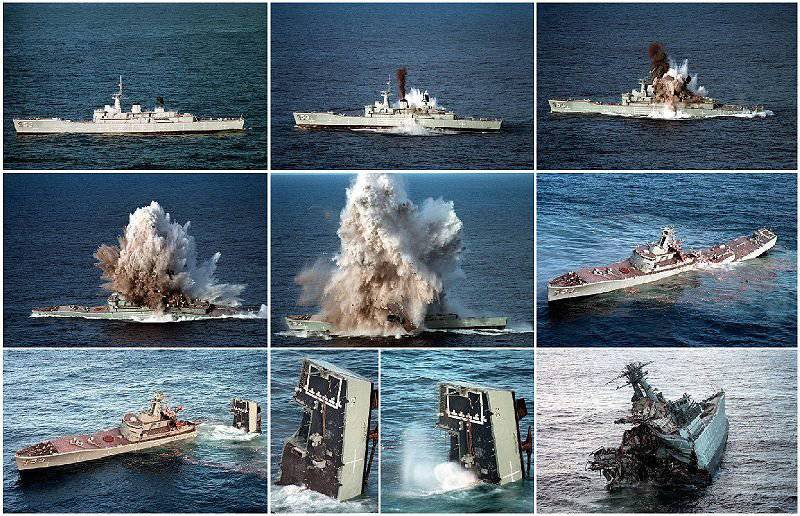
The reason for the terrible destructive action of a torpedo is obvious - water is an incompressible medium, and all the energy of the explosion is directed into the body. Damage in the underwater part does not bode well for the seamen and usually results in a quick ship wreck.
Finally, a torpedo is the main weapon of submarines, and this makes it a particularly dangerous means of naval combat.
Russian response
During the Cold War, a very absurd and ambiguous situation developed at sea. American Navy, thanks to the deck aviation and a perfect air defense system, he managed to create an exceptional in its strength marine defense system, which made American squadrons practically invulnerable to air attack weapons.
The Russians entered the best traditions of Sun Tzu. The ancient Chinese treatise “The Art of War” says: go to the place where you are least waiting, attack where you are the worst prepared. Indeed, why "climb on the forks" of deck fighters and modern anti-aircraft systems, if you can hit from under the water?
In this case, AUG loses its main trump card - it makes absolutely no difference to submarines how many interceptors and long-range radar detection aircraft are on the decks of the Nimitsev. And the use of torpedo weapons will avoid meeting with the menacing systems of the air defense system.
The Yankees appreciated Russian humor and began frantically looking for means to prevent underwater attacks. Something they succeeded in - by the beginning of the 1970-s, it became clear that the torpedo attack of the AUG with the available means poses a deadly risk. The Yankees organized a continuous PLO zone within an 20 radius of miles from a carrier warrant, where the main role was assigned to the subard sonar of escort ships and ASROC anti-submarine torpedoes. The detection range of the most modern American sonar AN / SQS-53 was up to 10 miles in active mode (line of sight); in passive mode to 20-30 miles. The firing range of the ASROC complex did not exceed 9 kilometers.
“Dead Sectors” under the ship bottoms reliably covered multipurpose nuclear submarines, and somewhere far in the ocean, tens of miles from a marching squadron, anti-helicopter helicopters and specialized Viking and Orion aircraft were continuously searching.
In addition, the Americans took decisive measures to counter the released torpedoes: behind the stern of each ship, the float of the AN / SLQ-15 Nixie towed noise trap “hung out”, which made the use of torpedoes with passive aiming at the sound of propellers of enemy ships ineffective.
Analyzing the situation, the Soviet sailors rightly reasoned that the chance of being detected by anti-submarine aircraft is relatively small - any AUG, convoy or squad of warships are unlikely to be able to constantly keep more 8-10 vehicles in the air. Too little to control tens of thousands of square kilometers of adjacent water space.
The main thing - "not to catch the eye" sonars escort cruisers and nuclear submarines of the US Navy. In this case, it is necessary to release torpedoes from a distance of at least 40 ... 50 kilometers (≈20 ... 30 nautical miles). There were no problems with the detection and target designation - the roar of propellers of large ship joints was clearly heard over a hundred kilometers.
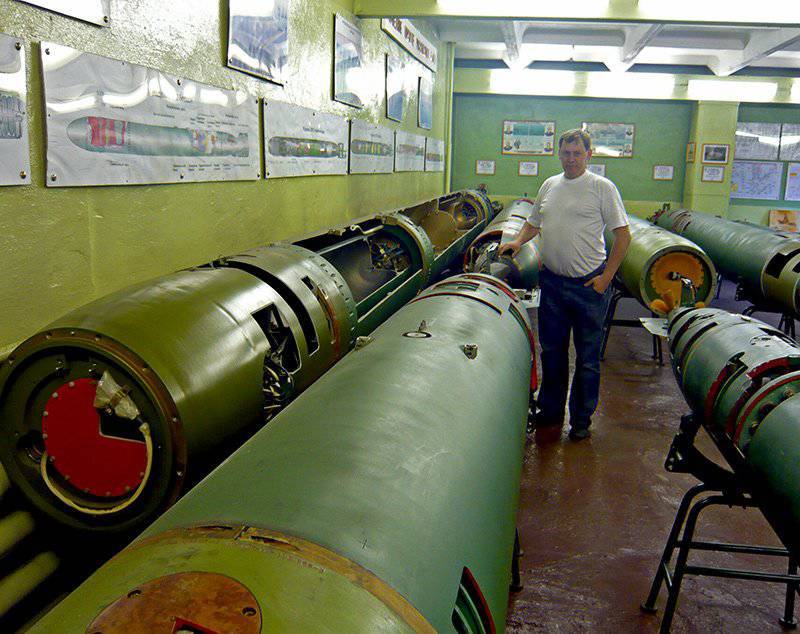
Heavy torpedo 65-76 "Kit". Length - 11,3 m. Diameter - 650 mm. Weight - 4,5 tons. Speed - 50 knots (sometimes indicated before 70 knots.). The stroke range is 50 km on 50 nodes or 100 km on 35 nodes. The mass of the warhead - 557 kg. Guidance is carried out on the wake
Having decided on the choice of weapons, the sailors turned for help to representatives of the industry and were quite surprised by the answer received. It turned out that the Soviet military industrial complex acted on preemption and led the development of "long-range" torpedoes since the 1958 of the year. Of course, special capabilities required special technical solutions - the dimensions of the super-torpedo went beyond the usual torpedo tubes of 533 mm. At the same time, the achieved speed, firing range and weight of the warhead led the sailors to indescribable delight.
In the hands of the Soviet Navy was the most powerful underwater weapons ever created by man.
65-76 "Whale"
... The 11-meter "arrow" rushes through the water, scanning the sonar space for the presence of discontinuities and turbulence of the aquatic environment. These twists are nothing more than a wake track — water perturbations remaining behind the stern of a ship in motion. One of the main unmasking factors, the “standing wave” is distinguishable even many hours after the passage of large marine equipment.
"Thick torpedo" can not be deceived using AN / SLQ-25 Nixie or knock off course using dumped traps - hellish underwater tracker does not pay attention to noise and interference - it responds only to the wake of the ship. A few minutes later, a soulless robot will bring 557 kilograms of TNT to American sailors as a gift.
The crews of American ships are confused: on the sonar screens a terrible illumination flashed and shone - a high-speed, small-sized target. Until the last moment, it remains unclear: who will get the "main prize"? There is nothing for Americans to shoot a torpedo - there are no weapons on ships of the US Navy, similar to our RBU-6000. It is useless to use universal artillery - the “thick torpedo” reaching the depth of 15 meters, is difficult to detect on the surface. Small Mk.46 anti-submarine torpedoes are flying into the water - it's late! too long reaction time, homing head Mk.46 do not have time to capture the target.
Here, on an aircraft carrier, they figure out what needs to be done - the command “Stop the car!” Full back! ”, But the 100 000-ton ship continues to creep forward stubbornly, leaving a traitorous stern trail astern.
The deafening roar of the explosion, and the escort cruiser Belknap disappears behind the stern of the aircraft carrier. A new firework flashes on the left traverse - the second explosion tore apart the Knox frigate. They understand with horror on the aircraft carrier, they are next!
At this time, the next two torpedoes, the submarine, reload their vehicles and send a new gift to the Yankees to the doomed compound. A total of ammunition "Barracuda" twelve super-ammunition. One by one, the boat shoots “thick torpedoes” from a distance of fifty kilometers, watching the Yankee ships rushing over the surface of the ocean. The boat itself is invulnerable for means of PLO aircraft carrier group - they are separated 50 kilometers.
Task completed!
The position of American sailors was complicated by the fact that "thick torpedoes" were part of the 60 ammunition atomic icebreakers of the Soviet Navy.
The carriers were multi-purpose submarines of the 671 RT and RTM (K), 945 and 971 projects. Also, super-torpedoes were equipped with “loaves” of the 949 project (yes, dear reader, in addition to the P-700 missiles, the “loaf” could stun a “likely opponent” with a dozen 65-76 “Keith” torpedoes). Each of the above submarines had two or four torpedo tubes of caliber 650 mm, ammunition ranged from 8 to 12 "thick torpedoes" (of course, not counting the usual ammunition caliber 533 mm).
There was a “fat torpedo” and twin brother - torpedo 65-73 (as follows from the index, was created a few years earlier, in 1973 year). Solid drive and fire!
In contrast to the "intellectual" 65-76, the predecessor was the usual "kuzka's mother" for the destruction of all living and nonliving in its path. 65-73 were generally indifferent to external interference - the torpedo was traveling in a straight line towards the enemy, guided by the data of the inertial system. Until the 20-kiloton warhead fired at the calculated point of the route. Anyone who was within 1000 meters could safely return to Norfolk and get up for a long-term repair to the dock. Even if the ship did not sink, a close nuclear explosion pulled out the external radioelectronic equipment and antenna devices with the “meat”, broke the superstructure and crippled the launchers - it was possible to forget about the performance of any task.
In short, the Pentagon had a lot to think about.
Torpedo killer
That is what the legendary 65-76 is called after the tragic events of August 2000. The official version says that the spontaneous explosion of the “thick torpedo” caused the death of the Kursk submarine K-141. At first glance, the version at least deserves attention: the 65-76 torpedo is not a child’s rattle at all. This is a dangerous weapon, the treatment of which requires special skills.
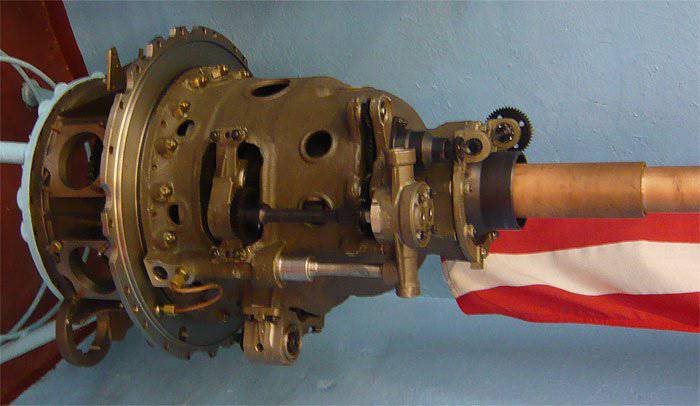
One of the "weak points" of the torpedo was its propeller - an impressive range of fire was achieved using a propeller for hydrogen peroxide. And this means gigantic pressures, violently reacting components and the potential possibility of an involuntary reaction of an explosive nature. As an argument, supporters of the version of the explosion of the "thick torpedo" lead to the fact that all the "civilized" countries of the world refused to torpedoes for hydrogen peroxide. Sometimes from the lips of “democratically-minded specialists” one can hear such an absurd statement, allegedly a “beggar scoop” created a torpedo on a peroxide-hydrogen mixture only from a desire to “save” (of course, the “experts” did not bother to look at the Internet and at least briefly familiarize themselves with the TTH and history the appearance of "fat torpedoes").
Nevertheless, the majority of seamen, who are familiar with this torpedo system, question the official point of view. There are two reasons for this.
Without going into details of strict instructions and instructions for storing, loading and firing "thick torpedoes", naval experts note that the reliability of the system was very high (as far as high reliability of modern combat torpedoes can be). 65-76 had a dozen fuses and a serious “foolproof” - it was necessary to take some completely inadequate actions to activate the components of the torpedo fuel mixture.
For a quarter of a century of operating this system on the 60 nuclear submarines of the USSR Navy, there were no difficulties or problems with the operation of this weapon.
The second argument sounds no less serious - who and how determined that the “fat torpedo” became the culprit for the death of the boat? After all, the torpedo compartment of the "Kursk" was cut off and destroyed at the bottom of the subversive charges. Why do you need to saw off the nose? I am afraid that we will not know the answer soon.
With regard to the statement of the global rejection of hydrogen peroxide torpedoes, this is also a fallacy. Developed in 1984, the Swedish heavy torpedo Tr613, working on a mixture of hydrogen peroxide and ethanol, is still in service with the Swedish Navy and the Norwegian Navy. And no problems!
Forgotten hero
In the same year, when the dead Kursk sank to the bottom of the Barents Sea, a major espionage scandal broke out in Russia involving the theft of state secrets - a certain US citizen Edmond Pope tried to secretly acquire documentation on the Squall underwater rocket-torpedo. So the Russian public learned about the existence of underwater weapons capable of developing underwater speed of 200 + nodes (370 km / h). The average people liked the high-speed underwater system so much that any mention of the Squall rocket-torpedo in the media causes a lesser flurry of admiring responses and joyful confessions of love to this “miracle weapon”, which, of course, does not have any analogues.
The Squall high-speed missile torpedo is a cheap rattle compared to the 65-76 “Soviet thick torpedo”. The glory of "Squall" is undeserved - the torpedo is completely useless as a weapon, and its combat value tends to a round zero.
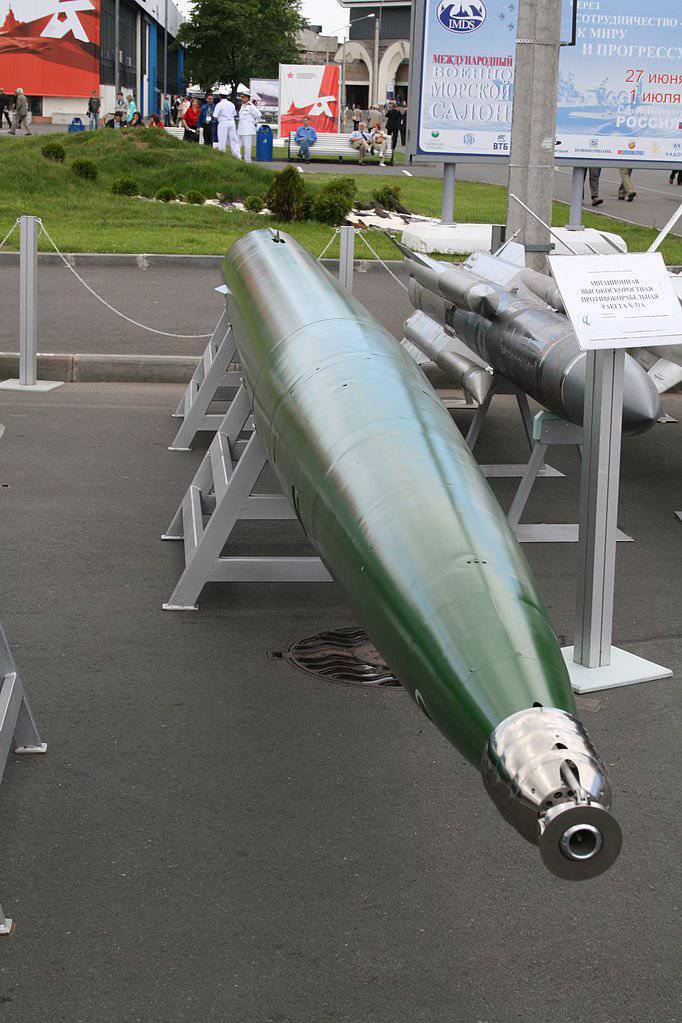
Unlike the 65-76, which hits 50 or more kilometers, the firing range of the Squall does not exceed 7 km (the new version is 13 km). Little, very little. In modern naval combat, reaching such a distance is an extremely difficult and risky task. The combat part of the rocket torpedo is lighter almost 3 times. But the main “snag” in this whole story - “Squall”, due to its high speed, is an unguided weapon, and the probability of its hitting even the weakly maneuvering target is close to 0%, especially considering that the “Squall” attack is devoid of any secrecy. It is easy to detect an underwater missile going on a combat course - and no matter how fast the Squall is, the ship will have time to change course and depart a considerable distance from the calculated aiming point while it is overcoming 10 km. It is not difficult to imagine what will happen in this case with the submarine that launched the Squall - the distinct trail of rocket-torpedoes will clearly indicate the location of the submarine.
In a word, the Squall miracle weapon is another fruit of journalistic fantasies and philistine imagination. At the same time, the Real Hero - “the Soviet thick torpedo”, at the mere mention of which the knees of the NATO sailors were trembling at the NATO sailors, was undeservedly slandered and buried under the weight of the past years.
In connection with the disaster of the submarine "Kursk" it was decided to remove the torpedo 65-76 "Kit" from the arsenal of the Russian Navy. A very dubious and unjustified decision, certainly made not without a hint from our "Western partners." Now no "Flurry" will not replace the lost combat capabilities of submarines.
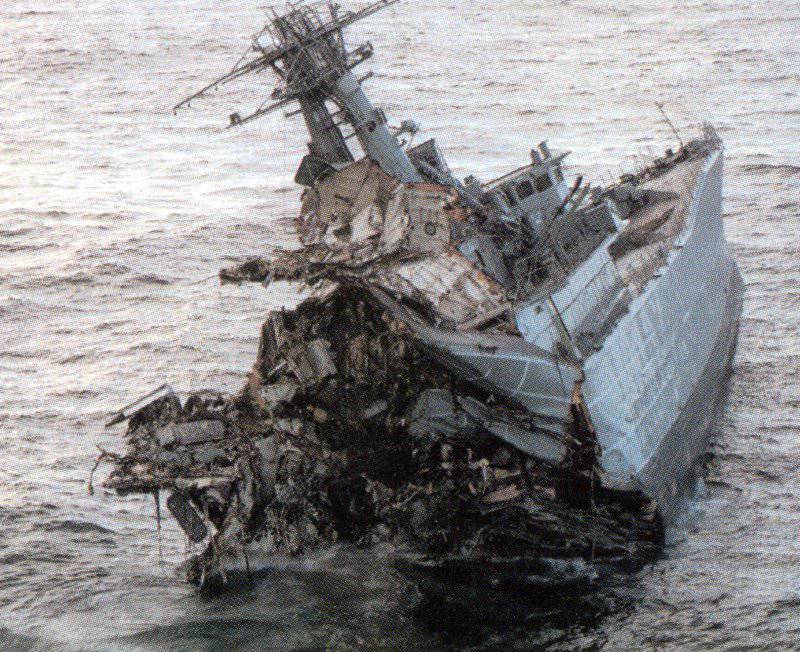
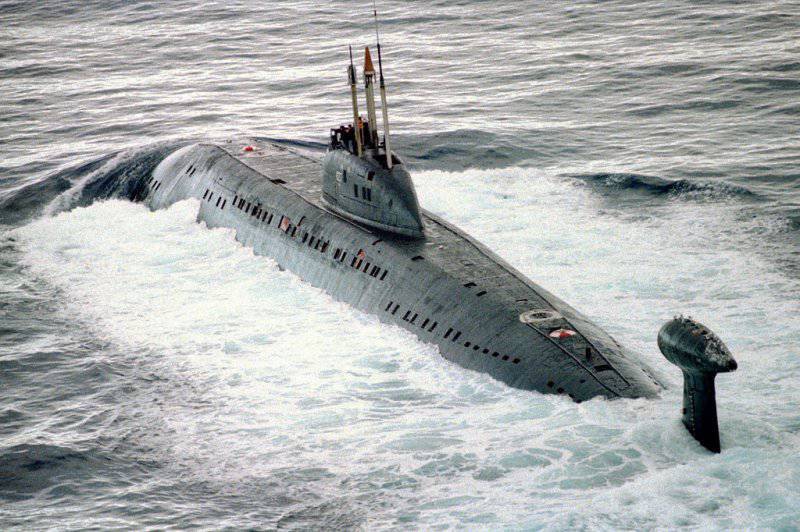
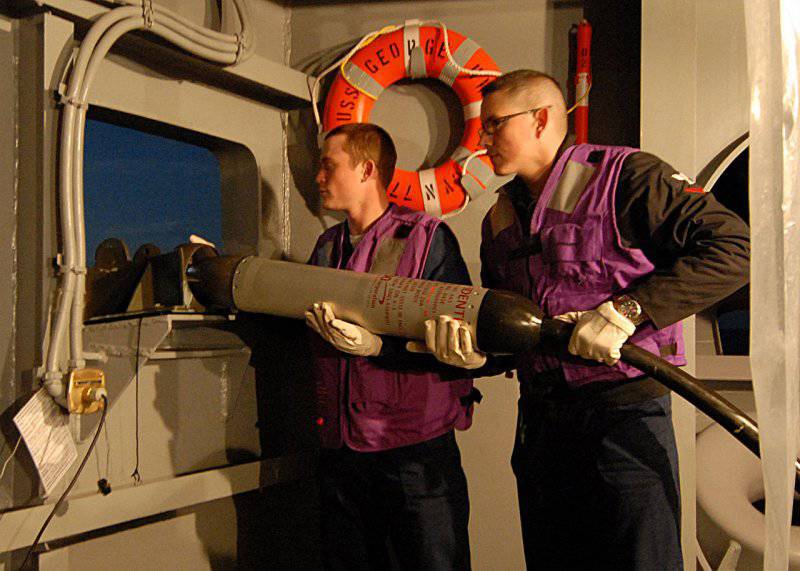
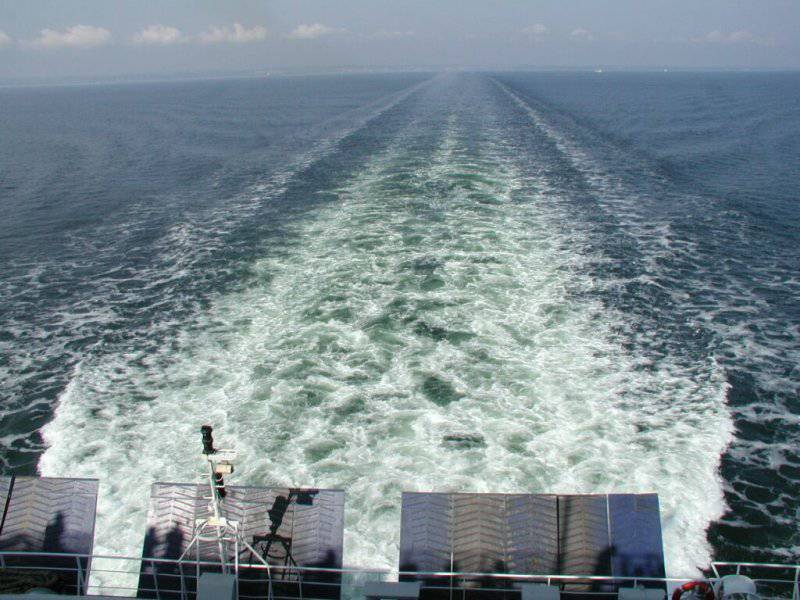
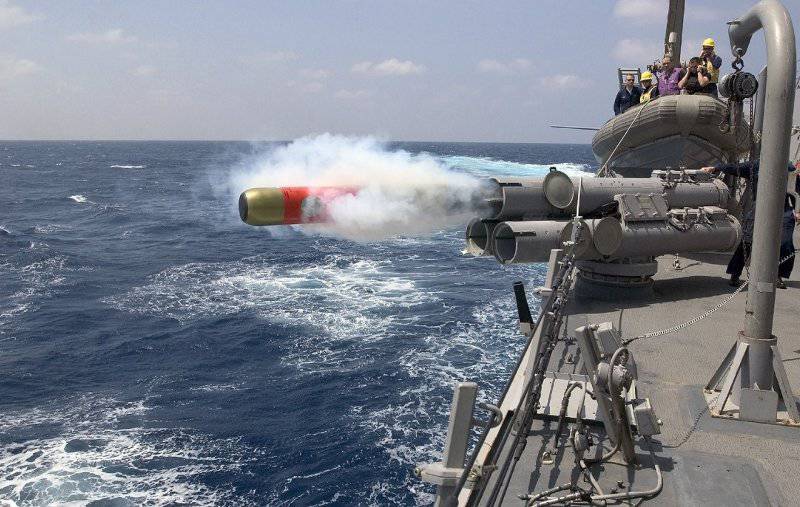
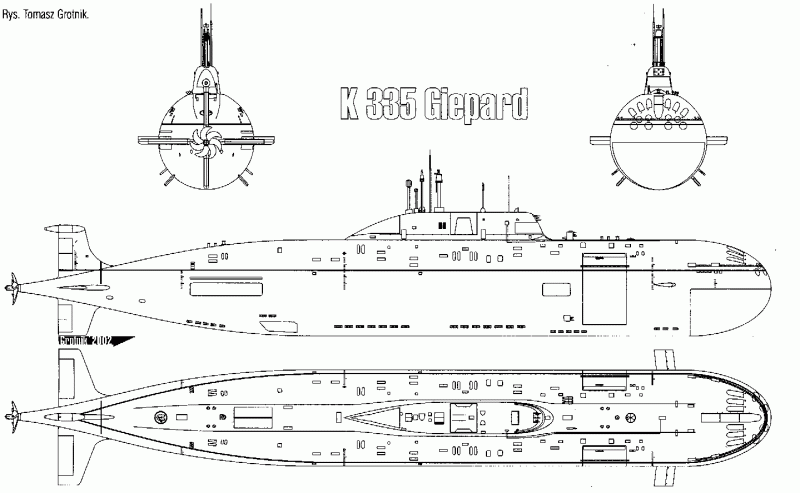
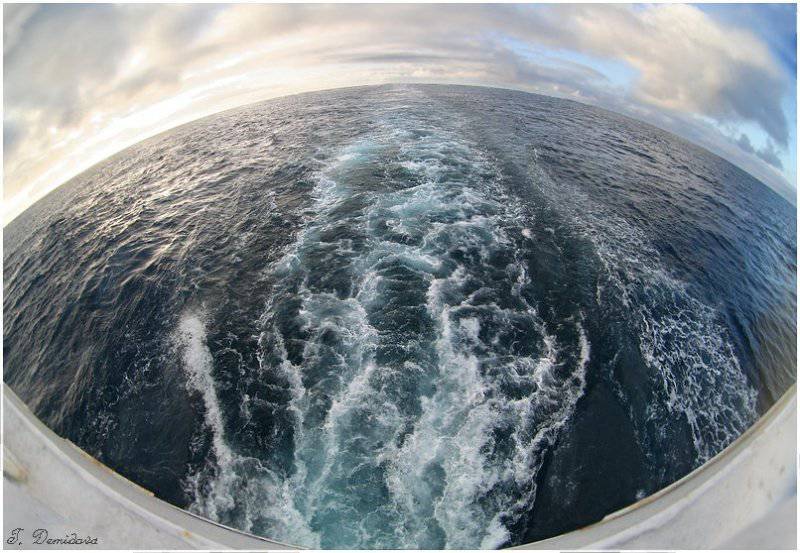
Information